Rose wine is a popular alcoholic drink that is enjoyed by many people around the world. However, for those who are watching their calorie intake, it’s important to know how many calories are in a glass of rose wine. The information on wine calories can help individuals make informed decisions about their wine consumption and ensure that they stay within their daily calorie limits.
According to the USDA, a 100-gram (or 3.5-fluid ounce) glass of rose wine contains 83 calories. However, the number of calories in a glass of rose wine can vary depending on the brand, alcohol content, and sweetness level.
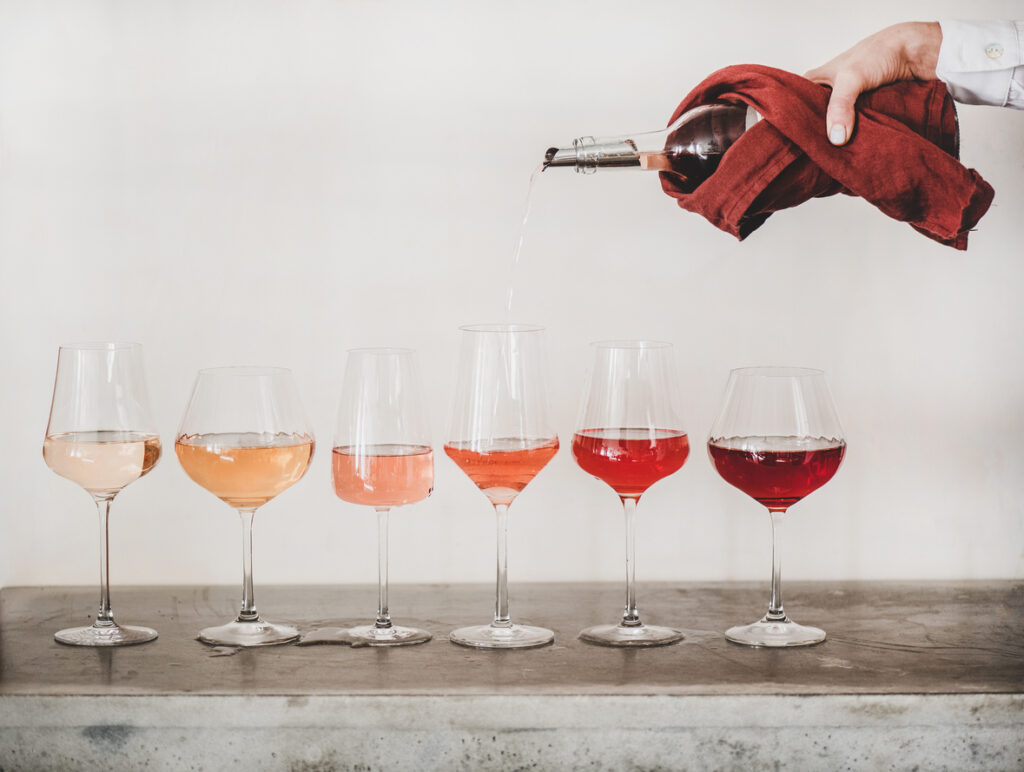
For example, a bottle of Chateau d’Esclans Cotes de Provence Garrus Rose, which has an alcohol by volume (ABV) of 14%, contains 560 calories per bottle, while a bottle of 2020 Mateus The Original Rose (Portugal), which has an ABV of 12%, contains 480 calories per bottle. In average you have around 500-500 calories in rose wine per bottle.
Knowing how many calories are in a glass of rose wine can be helpful for individuals who are trying to lose weight or maintain a healthy lifestyle. By choosing lower calorie options and monitoring their alcohol intake, individuals can enjoy a glass of rose wine without compromising their health goals.
Calories in Wine: Understanding the Basics
Calorie Count in Wine
When it comes to counting calories, wine can be a bit tricky. The number of calories in a glass of wine can vary depending on several factors, including the type of wine, the alcohol content, and the serving size. On average, a 5-ounce glass of wine contains anywhere from 100 to 160 calories.
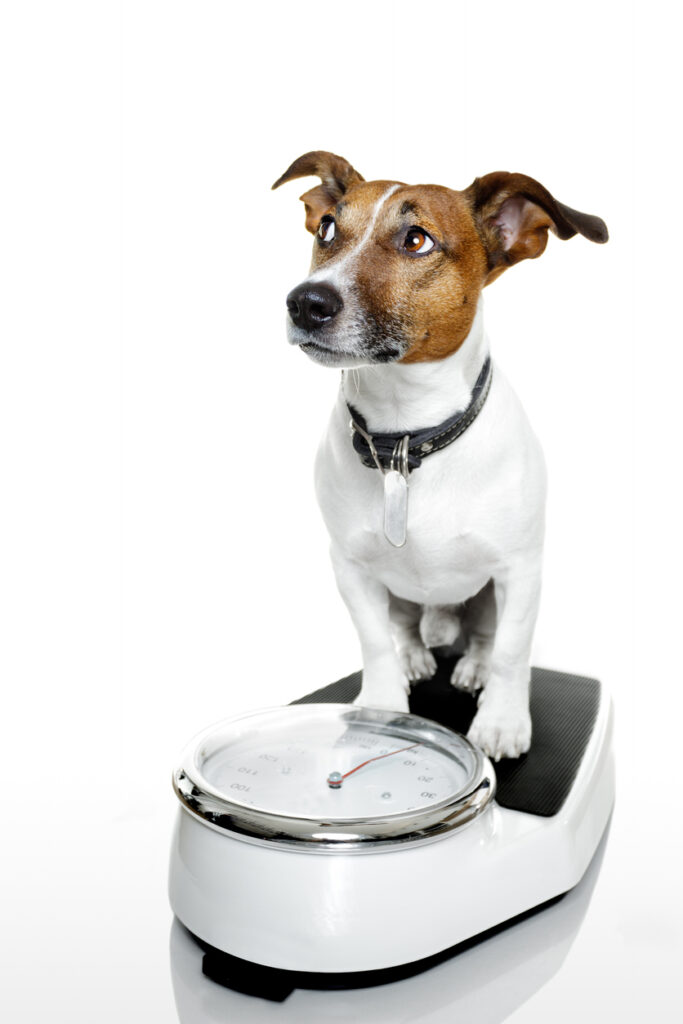
Alcohol Content in Wine
The alcohol content in wine is measured by its Alcohol by Volume (ABV) percentage. The higher the ABV, the higher the calorie count. This is because alcohol is very high in calories, with 7 calories per gram versus carbohydrates (sugar), which have 4 calories per gram. For example, a glass of wine with 12% ABV will have fewer calories than a glass of wine with 14% ABV.
Serving Size
Serving size is also an important factor to consider when calculating the calorie count of wine. A standard serving size for wine is 5 ounces, but many people pour much larger servings. It’s important to keep in mind that the more wine you drink, the more wine calories you consume.
To help you better understand the calorie count of wine, here is a table of some popular wine varieties and their calorie count per 5-ounce serving for white wine, red wine and rose:
It’s important to note that the calorie count of wine can vary depending on the specific brand and vintage. To get a more accurate estimate of the calorie count of a particular wine, you can use online calculators that take into account the ABV and serving size.
How Many Calories in a Glass of Rosé Wine?
Rosé wine is a popular choice for many wine enthusiasts, especially during the warmer months. It is a refreshing drink that comes in different varieties, from sweet to dry. However, people who are watching their weight or calorie intake may wonder how many calories are in a glass of rosé wine. In this section, we will explore the calories in a glass of rosé wine, a bottle of rosé wine, and a bottle of rose wine by type.
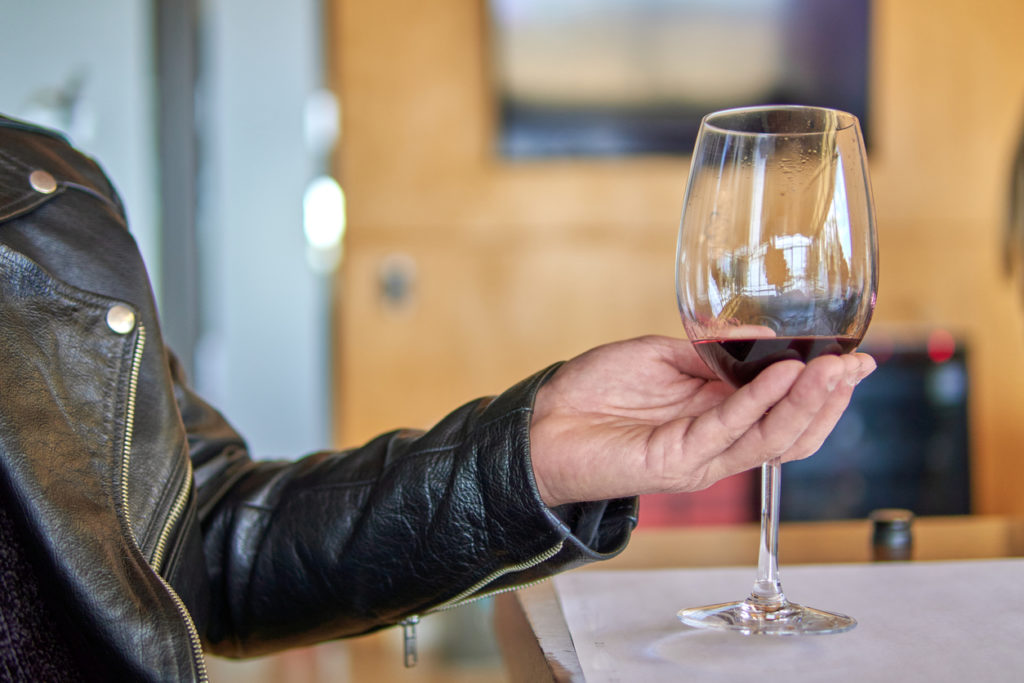
Calories in a Glass of Rosé Wine
A standard serving of rose wine is 5 ounces or 148 milliliters. According to the USDA, a 5-ounce glass of rosé wine contains an average of 125 calories. The calorie content may vary depending on the type of wine, alcohol content, and serving size. For instance, a glass of sweet rosé wine may contain more calories than a glass of dry rosé wine.
Calories in a Bottle of Rosé Wine
A bottle of rosé wine typically contains 750 milliliters or 25.4 ounces. Using the average calorie count of 125 calories per 5-ounce glass, a bottle of rosé wine contains approximately 530 calories. However, the calorie count may vary depending on the type of wine, alcohol content, and serving size.
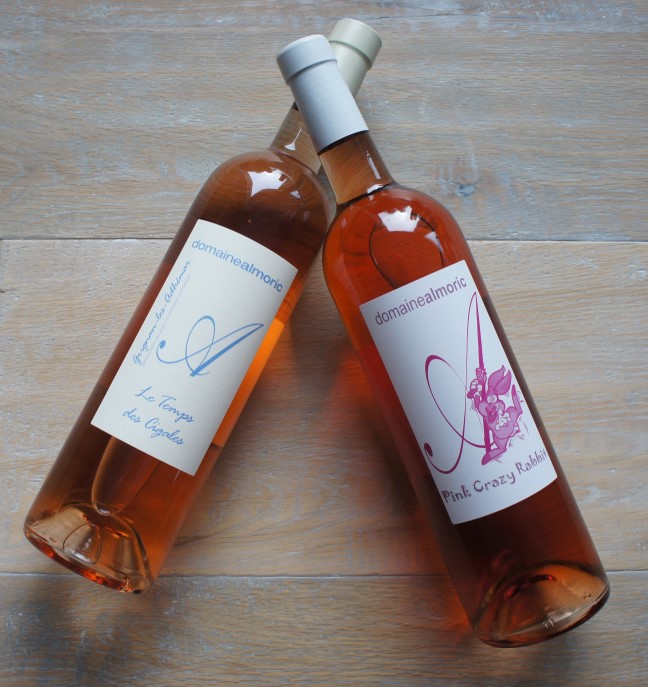
Calories in a Bottle of Rosé Wine by Type
Different types of rosé wine have varying calorie counts. Here is a breakdown of the calorie content of some popular rosé wine types:
- Dry Rosé Wine: A 750-milliliter bottle of dry rosé wine contains approximately 500-600 calories, depending on the alcohol content. The calorie count may be lower for wines with lower alcohol content.
- Sweet Rosé Wine: A 750-milliliter bottle of sweet rosé wine contains approximately 600-700 calories, depending on the alcohol content. The calorie count may be higher for wines with higher alcohol content.
- Sparkling Rosé Wine: A 750-milliliter bottle of sparkling rosé wine, such as Prosecco, contains approximately 525-630 calories, depending on the alcohol content.
- Dessert Rosé Wine: A 750-milliliter bottle of dessert rosé wine, such as a sweet or fortified wine, may contain up to 1,000 calories or more, depending on the alcohol content and residual sugar content.
It is worth noting that the calorie count of a particular wine may vary depending on the brand and vintage. It is always a good idea to check the label or do some research to get an accurate estimate of the calorie count.
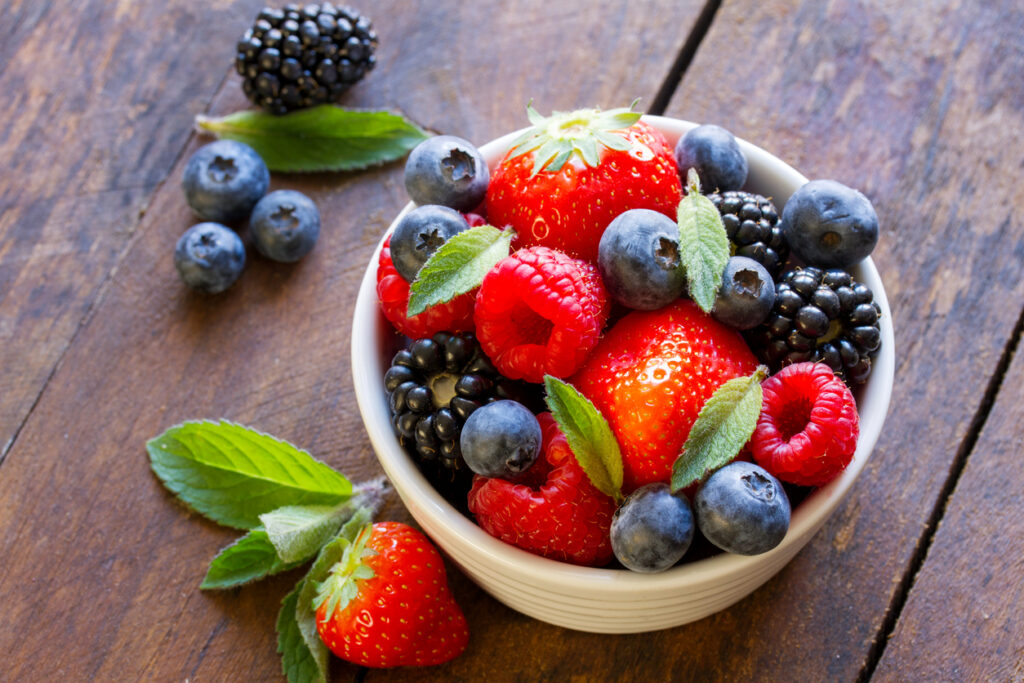
In summary, a 5-ounce glass of rosé wine contains approximately 125 calories, while a 750-milliliter bottle of rosé wine contains approximately 530 calories. The calorie count may vary depending on the type of wine, alcohol content, and serving size.
Factors Affecting the Caloric Content of Rosé Wine
When it comes to determining the caloric content of a glass of rosé wine, there are several factors to consider. Here are some of the most important factors that can affect the number of calories in a glass of rosé wine.
Alcohol Content
One of the most significant factors affecting the caloric content of rosé wine is its alcohol content. The higher the alcohol content of the wine, the more wine calories it will have. This is because alcohol contains more calories per gram than carbohydrates or proteins. So, if you’re trying to cut back on calories, it’s best to choose a rosé wine with a lower alcohol content.
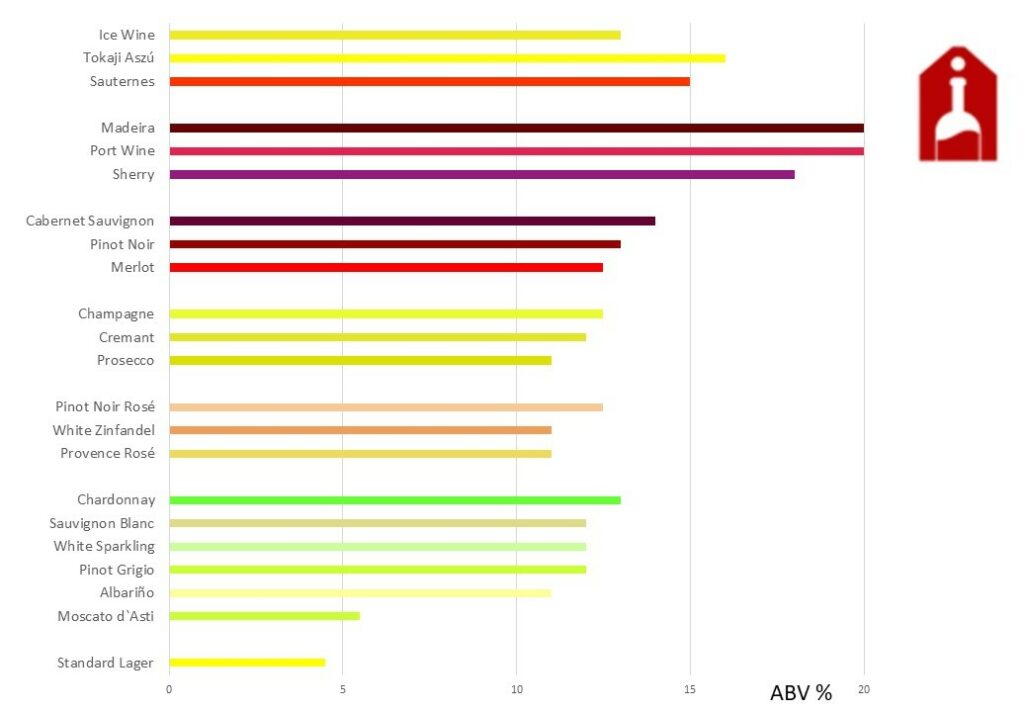
Sugar Content
Another factor that can affect the caloric content of rosé wine is its residual sugar content. The more residual sugar in the wine, the more wine calories it will have. However, it’s worth noting that not all sugars are created equal.
Some sugars, such as fructose, can have a more significant impact on your blood sugar levels than others. So, if you’re watching your sugar intake, it’s essential to pay attention to the type of sugar in your wine.
The alcohol levels and leftover sugar content is determined by the fermentation process. The yeast eats the sugar in the grape juice and converts it into alcohol. The higher the alcohol by volume of your favourite rose wines the lower the less residual sugar is in your wine.
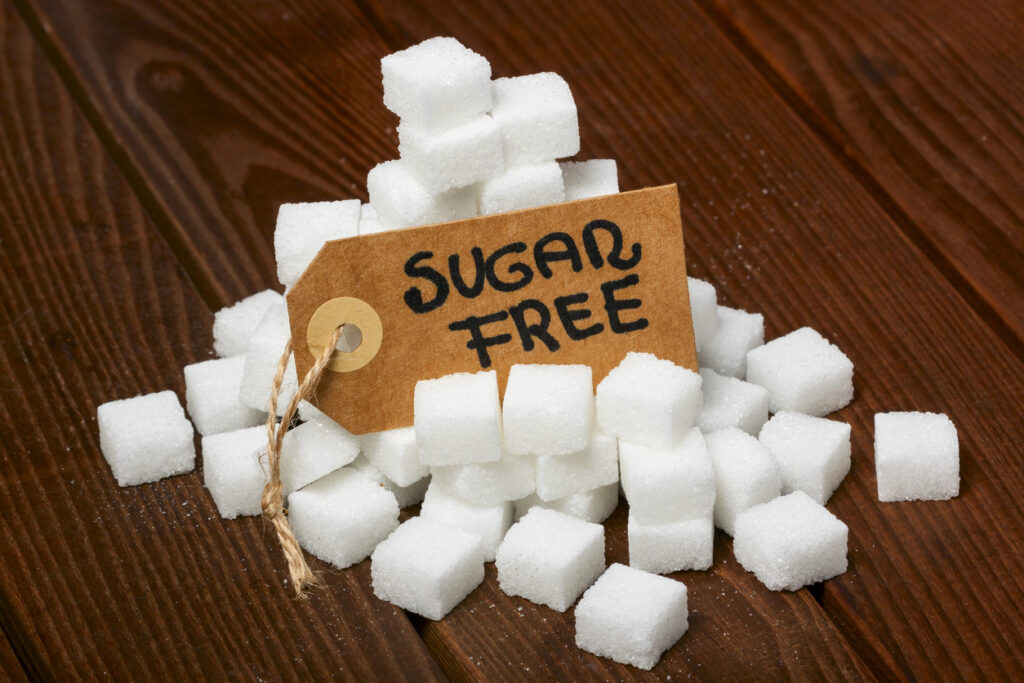
Residual sugar calories vs Alcohol calories in wine
So which type of calorie is consumed first? It’s actually a bit more complicated than that. When you drink wine, your liver prioritizes processing the alcohol over anything else in your system. This means that any calories from residual sugar or other sources will be stored as fat until your liver has finished breaking down the alcohol.
However, it’s important to note that not all wines are created equal in terms of their calorie content. Wines with higher residual sugar levels will naturally have more calories because those sugars aren’t fully fermented into alcohol.
Flavor and Sweetness
The flavor and sweetness of rosé wine can also affect its caloric content. Sweeter wines like dessert wines tend to have more calories than drier wines because they contain more residual sugar. Additionally, some rosé wines may be flavored with fruits such as plums, which can also add to their caloric content.
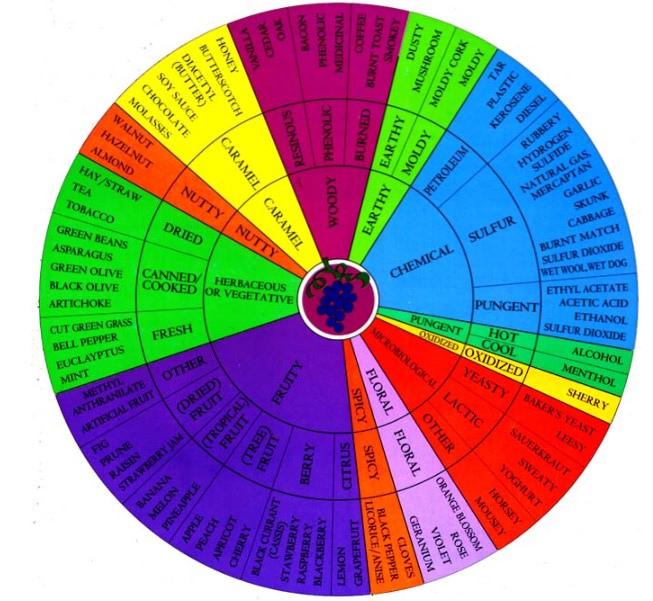
Vintage
The vintage of a rosé wine can also play a role in its caloric content. Older wines tend to have a higher alcohol content than younger wines, which can make them more caloric. Additionally, older wines may have a higher sugar content due to the natural aging process.
Hue
Finally, the hue of a rosé wine can also affect its caloric content. Wines with a darker hue tend to have more calories than those with a lighter hue. This is because darker wines are often more full-bodied and have a higher alcohol content.
In conclusion, there are several factors that can affect the caloric content of a glass of rosé wine. By paying attention to these factors, you can make more informed choices about the wines you drink and how they fit into your overall diet.
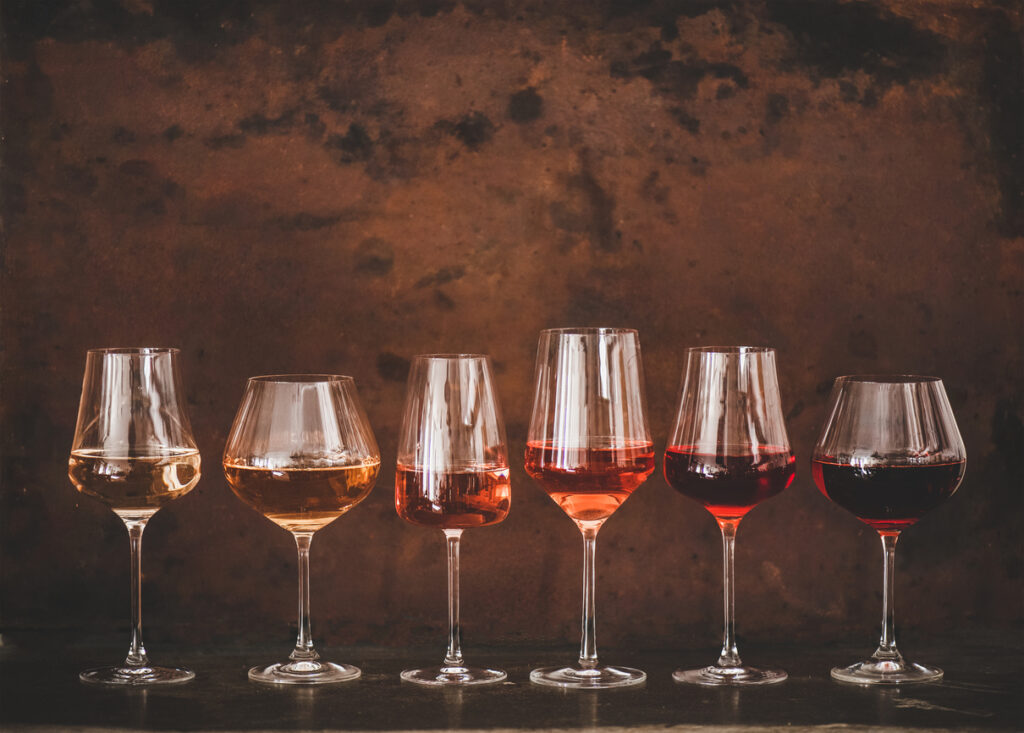
Health Considerations of Drinking Rosé Wine
Weight Loss and Gain
Rosé wine is a low-calorie alcoholic beverage, making it a good option for those who are watching their weight. A 5 oz. glass of rosé wine contains around 80-150 calories, depending on the brand and type of wine. However, it is important to keep in mind that consuming too much alcohol can lead to weight gain, as alcohol is high in calories and can increase appetite.
Nutrition Facts
Rose wine contains some beneficial nutrients, such as antioxidants and resveratrol, which can help reduce the risk of heart disease and cancer. However, it is important to note that these nutrients are only present in small amounts and should not be relied upon as a primary source of nutrition.
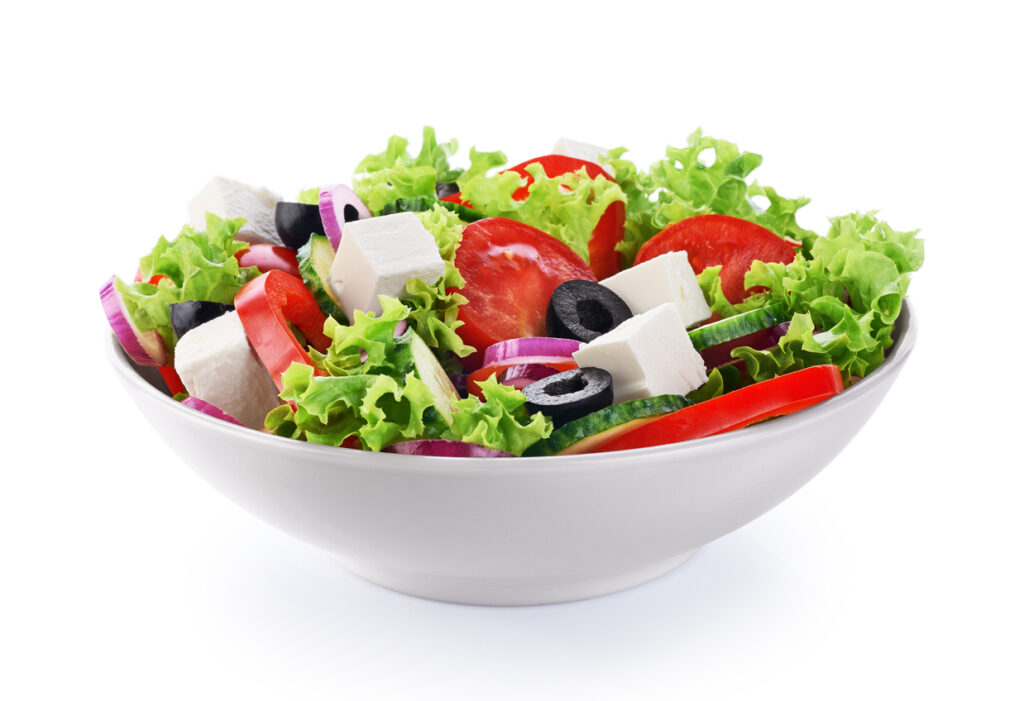
Sodium and Fat Content
Rose wine is naturally low in sodium and fat, making it a good option for those who are watching their intake of these nutrients. However, it is important to be aware of the other ingredients that may be added to rosé wine, such as sugar, which can increase the sodium and fat content.
Alcohol Consumption
Moderate consumption of rosé wine can have some health benefits, such as reducing the risk of heart disease and stroke. However, excessive wine consumption can lead to negative health effects, such as liver damage, high blood pressure, and increased risk of cancer.
It is recommended that women consume no more than one drink per day and men no more than two drinks per day.
Overall, rosé wine can be a good option for those who are looking for a low-calorie alcoholic beverage. However, it is important to consume in moderation and be aware of any added ingredients that may increase the sodium and fat content.
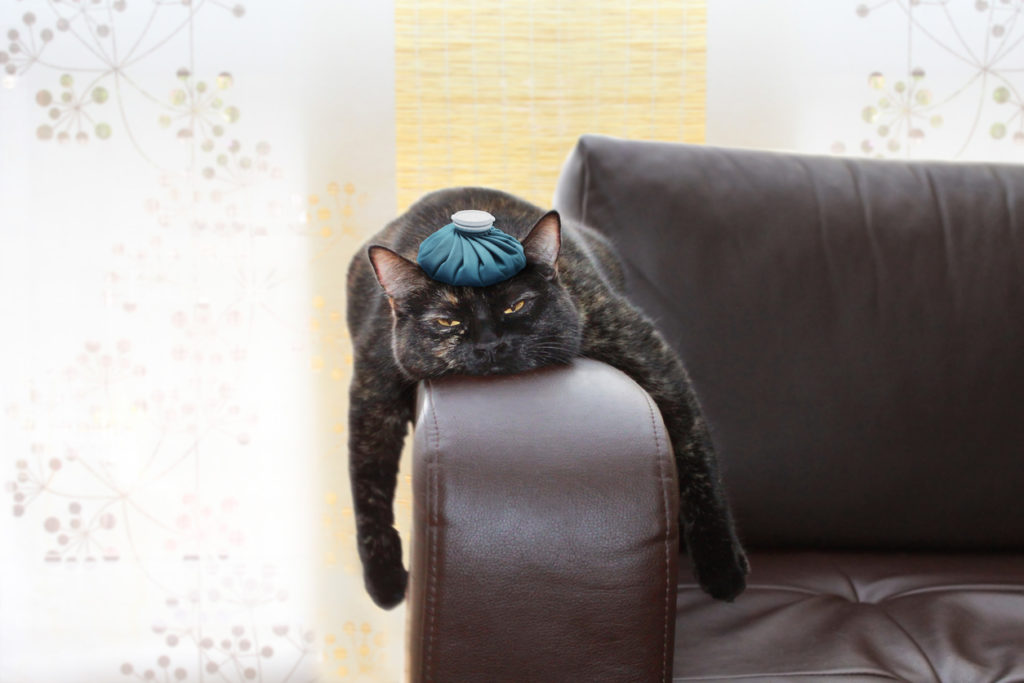
Expert Tips on Drinking Rosé Wine
When it comes to drinking rosé wine, there are a few expert tips to keep in mind to enhance your experience. Here are some suggestions to help you choose, serve, pair, and store your rosé wine.
Choosing the Right Rosé Wine
When selecting a rosé wine, consider the occasion, the food you plan to serve, and your personal taste preferences. Here are some factors to keep in mind:
- Sweetness: Rosé wines can range from dry to sweet, so consider your preference for sweetness when making a selection.
- Body: Some rosé wines are light-bodied, while others are full-bodied. Consider the type of food you plan to serve and the occasion when selecting a wine with the appropriate body.
- Color: Rosé wines can range from pale pink to deep ruby, so consider the color when selecting a wine that will complement your food and occasion.
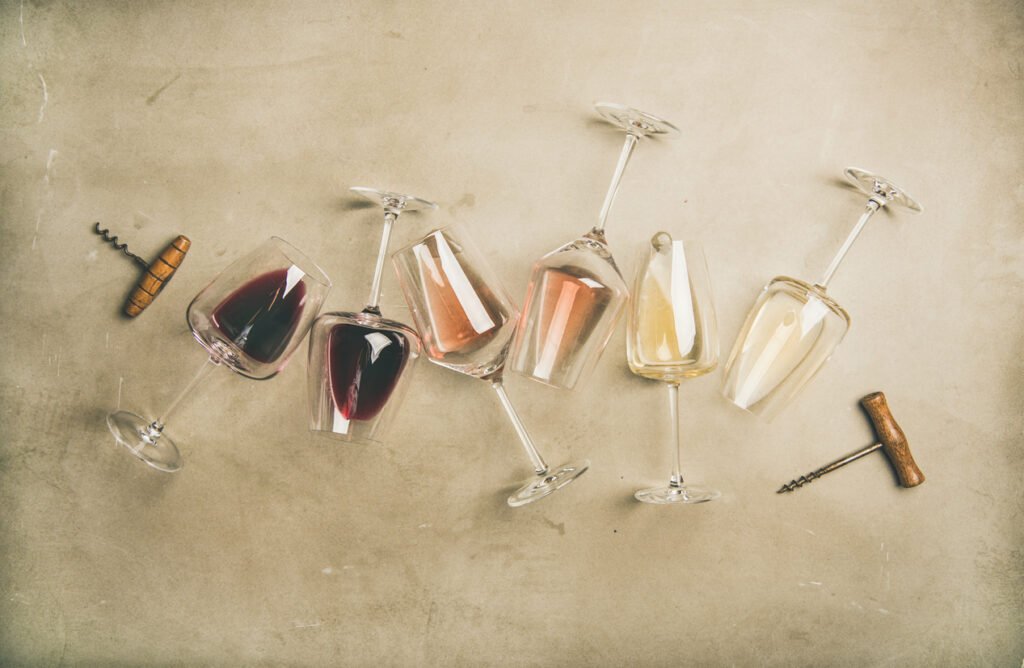
Serving and Pairing Rosé Wine
Once you’ve selected your rosé wine, it’s time to serve and pair it. Here are some tips to help you make the most of your wine:
- Serving temperature: Rosé wines are best served chilled, around 45-55°F. This will bring out the wine’s refreshing qualities.
- Glassware: Use a tulip-shaped glass to enhance the wine’s aroma and flavor.
- Pairing: Rosé wines pair well with a variety of foods, including seafood, poultry, salads, and light pasta dishes. Consider the wine’s sweetness and body when selecting a food pairing.
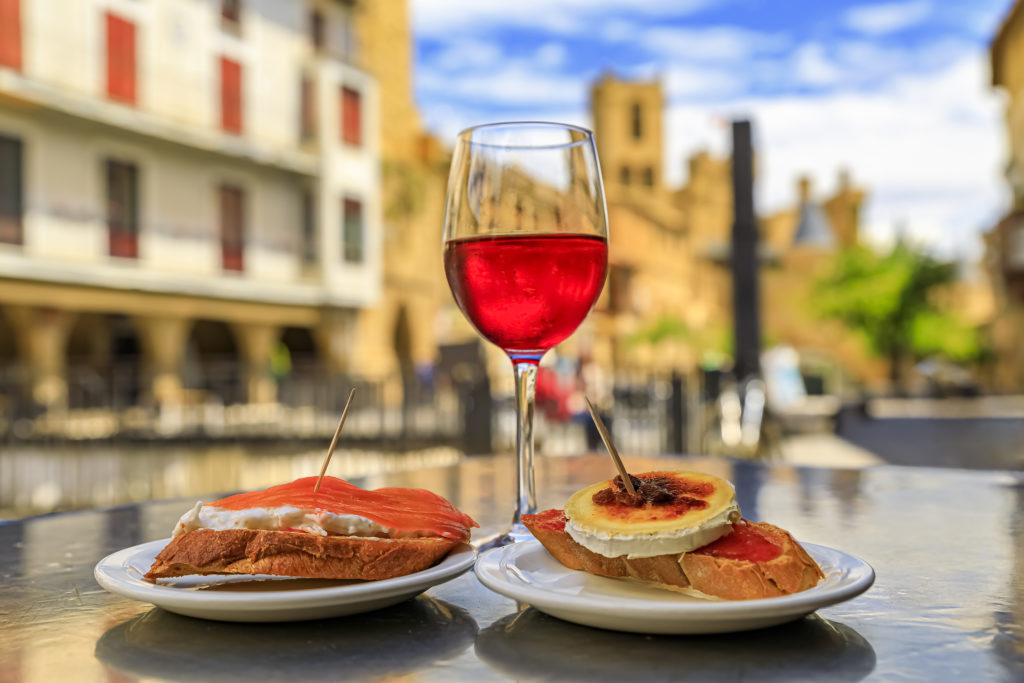
Storing Rosé Wine
Proper storage is key to preserving the quality of your rosé wine. Here are some tips to keep in mind:
- Temperature: Store your wine in a cool, dark place, around 55°F.
- Humidity: Keep your wine in a humid environment, around 70% humidity, to prevent the cork from drying out.
- Storage position: Store your wine on its side to keep the cork moist and prevent air from entering the bottle.
- Don`t store your rose wine too long. Rose wine is made to be consumed within 1-3 years after purchase.
By following these expert tips, you can enhance your rosé wine drinking experience and savor the refreshing taste of this versatile wine.

